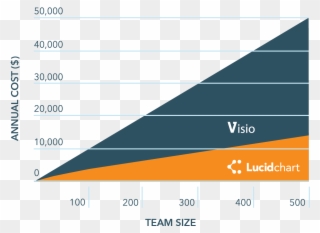

Here are the main things that are holding back Gliffy: But when you look a little deeper, there are a few very important differences that make LucidChart the obvious winner. So at first glance, it's hard to decide between the two products. Gliffy definitely has some UI advantages (more intuitive menus, better layout controls) and LucidCharts has some advantages (easier to draw lines, better labeling options, simpler pricing). Neither are amazingly polished from a user interface standpoint (there are minor annoyances scattered throughout both products), but they both work very well, and they make things very easy. It also helps that Gliffy is much much cheaper than Visio without sacrificing any of the features that I care about.Ĭomparing Gliffy to LucidChart is a little bit more difficult. Online applications have better support for collaboration and they're easier to share and present. Flowchart and diagramming applications need to be online. So basically, I don't recommend Gliffy over LucidChart, but it's a great backup option if you don't like LucidChart for some reason.Ĭomparing it to Visio is a no brainer for me. In my opinion, Gliffy is definitely a better product than Microsoft Visio, but it's definitely not as good as LucidChart.

Today I'm going to review another online flowchart tool called Gliffy.īefore getting into any details, here's my overall opinion of Gliffy: Gliffy is a very solid product, and it's priced fairly for what you get. Ī while back I talked about LucidChart, a web-based tool for creating flowcharts online. Click here to read our updated Lucidchart review.


 0 kommentar(er)
0 kommentar(er)
